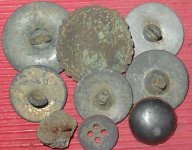- Mar 30, 2020
- 419
- 2,768
- Primary Interest:
- All Treasure Hunting
John P. Gruber NY Civil War Token, 1919 LC, 1907 & 05 IHP, Colonial Ring, .45 Cal FMJ
Interesting mix. The token could have been used as one cent tender or as a vet scale weight since I found it on a former farm known for raising and selling fine horses 1860 - 1870's. I found the ring at dusk on the way out of the woods when I swung by a colonial cellar pit.
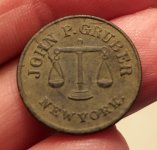
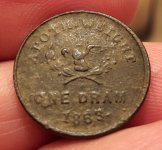
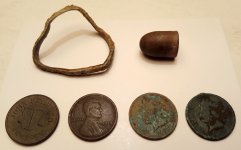
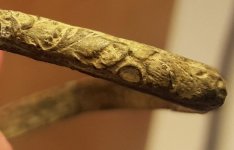
Interesting mix. The token could have been used as one cent tender or as a vet scale weight since I found it on a former farm known for raising and selling fine horses 1860 - 1870's. I found the ring at dusk on the way out of the woods when I swung by a colonial cellar pit.




Upvote
9




